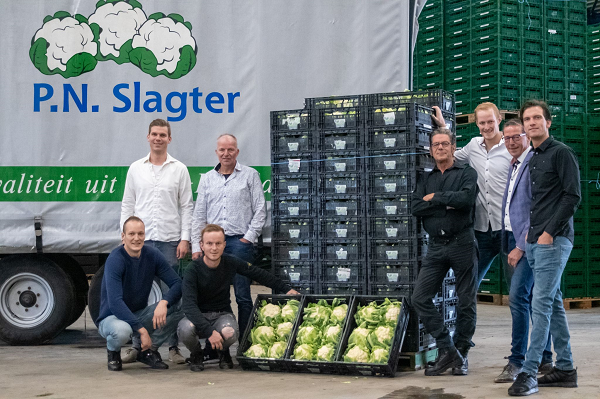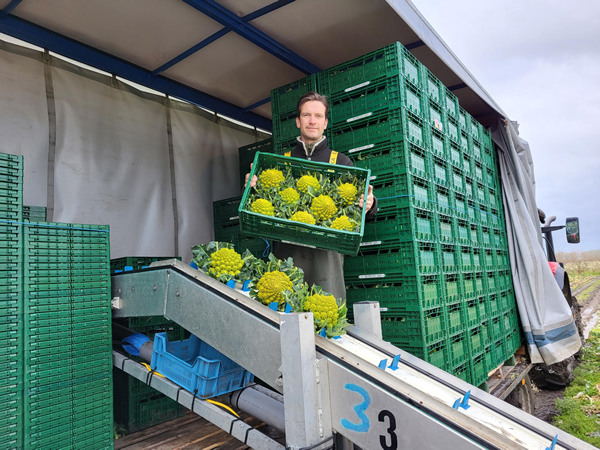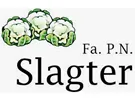"We began harvesting the first new crop of size six winter cauliflower this week, so we have it available too," says Ruud Slagter of P.N. Slagter. This Dutch company grows cauliflower on 180 hectares and markets it and fellow growers' cabbage. Winter cauliflower cultivation has always been risky. "If it freezes, it could mean the end of the crop."
"But winters get milder every year, so these cauliflowers make it through more often. This year, though, we suffered frost damage, especially with the earliest varieties. We harvested only 65% of those, and most were small. That cost money. We're now in the later varieties and sizes that suit supermarkets better," Ruud explains.

"But it's a high-risk crop, so supermarkets don't bet heavily on Dutch winter cauliflower. Presently, we sell mostly to greengrocers and specialty stores, but some supermarkets are slowly transitioning. We have quite a few local customers who buy winter cauliflower." The larger supply from Spain and France does these sales no good.
"All winter, supplies from these countries have been meager. But now that we're harvesting, prices are low. Still, we've only just started, and it could well be that in the next few weeks, the Spanish and French supplies will diminish, causing larger buyers to turn to us," Ruud continues.

Winter romanesco is also being harvested. The frost caused plenty of damage here too, so most are size 8s.
The first spring cauliflower harvest usually begins in early June. "Those will have been in the field for two, three months by then, while winter cauliflower remains in the ground for nine months." Everything points to fewer rather than more Dutch cauliflower, says the grower. "Funnily enough, that has nothing to do with demand. We could sell a lot more cauliflower on contract if we wanted to. But weekly volumes vary so much you can't tie it all up in contracts."
"Added to that, cauliflower is a difficult crop, labor, wildlife, and weed pressure-wise. Many growers in the region thus plant less, not more cauliflower, and new growers hardly ever join. That should benefit pricing. This year's contract prices are higher anyway. We'd already raised those somewhat last year, but then cost prices rose even more, so that price increase was sorely needed," Ruud concludes.
 For more information:
For more information:
Ruud Slagter
Fa. P.N. Slagter
43 Kadijkweg
1619, PJ Andijk, NL
Tel.: +31 (0) 637 351 433
Email: ruud@pnslagter.nl
Website: www.pnslagter.nl
